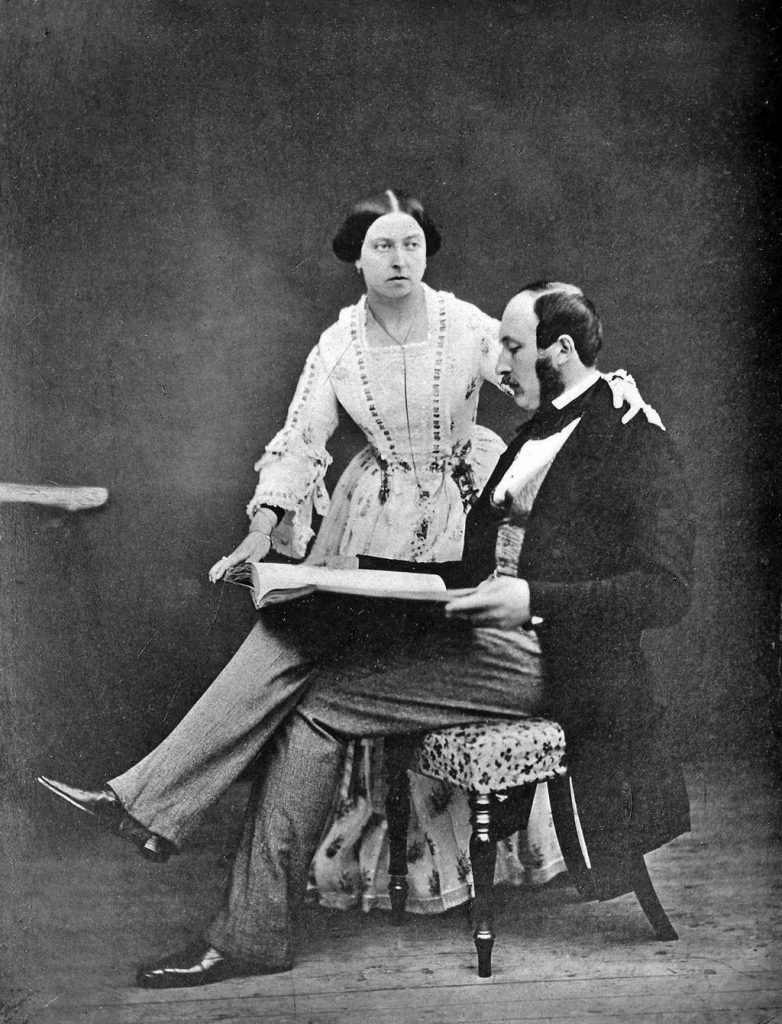
When Queen Victoria inherited the British throne just a few weeks after her 18th birthday, there was immediate speculation about who she would marry. Few had foreseen that this little-known princess would become their monarch. But when the country found itself with a young queen after so many dissolute Hanoverian kings, it seemed that exciting new era was dawning.
Queen Victoria’s mother and the government had expected her to marry her cousin Prince Ernst, eldest son of the Duke of Saxe-Coburg-Gotha. So when Victoria fell in love with Ernst’s younger brother, Albert, the public was enthralled. The media made much of the fact that the queen’s fiancé was of her own choosing and that she, being of a higher rank, had proposed. The British were so used to royal marriages being business contracts that a genuinely romantic royal love match was keenly observed.
This overwhelming love shared by a queen and her prince would change British culture forever. Many of the traditions we take for granted today, and the artistic legacies we celebrate, emerged from Victoria and Albert’s marriage.
Both the queen and her consort were accomplished artists, as well as great collectors. In addition to paintings and sculpture, the couple also commissioned love tokens from jewellers and helped boost that industry. When Prince Albert gave Queen Victoria an engagement ring – an item little known in Britain in the first half of the 19th Century – he began a new fashion that has endured ever since. […]
First published on 17th June 2015. Read full article on BBC Culture.